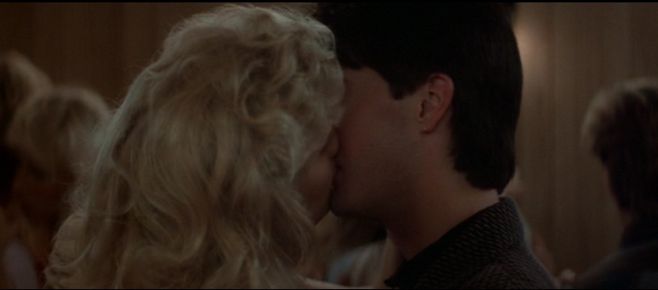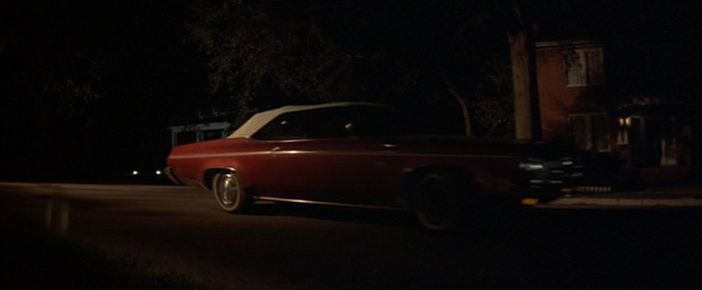 Back to selection
Back to selection
The Blue Velvet Project
Blue Velvet, 47 seconds at a time by Nicholas Rombes
The Blue Velvet Project, #’s 126, 127, 128

Second #5922, 98:42
Second # 5969, 99:29
Second # 6016, 100:16
In honor of Andrew Sarris, who passed away yesterday, three frames from Blue Velvet. Although Sarris’s essay “Notes on the Auteur Theory in 1962” (which appeared in the Winter 1962-63 issue of Film Culture) is best-known for its argument that “over a group of films, a director must exhibit certain recurring characteristics of style, which serve as his signature,” the essay also grapples with a more difficult, elusive, less discussed aspect of the auteur theory, what Sarris called a film’s “interior meaning”:
The third and ultimate premise of the auteur theory is concerned with interior meaning, the ultimate glory of the cinema as an art. . . . It is ambiguous, in a literary sense, because part of it is imbedded in the stuff of the cinema and cannot be rendered in noncinematic terms. . . . In one sequence of La Règle du Jeu [The Rules of the Game], Renoir gallops up the stairs, turns to his right with a lurching movement, stops in hop-like uncertainty when his name is called by a coquettish maid, and, then, with marvelous postreflex continuity, resumes his bearishly shambling journey to the heroine’s boudoir. If I could describe the musical grace note of that momentary suspension, and I can’t, I might be able to provide a more precise definition of the auteur theory.
Roland Barthes proposes something similar in his 1970 essay “The Third Meaning,” where he suggests that
the third meaning structures the film differently without . . . subverting the story and for this reason, perhaps, it is at the level of the third meaning, and at that level alone, that the ‘filmic’ finally emerges. The filmic is that in the film which cannot be represented. The filmic only begins where language and metalanguage end.
I have always thought of these as the small, in-between moments of a film, the ones that don’t necessarily advance the story in any crucial way, but that nonetheless linger in the mind. They are a film’s obscured images, the ones that escape from the torrent of a film’s narrative information flow. In Blue Velvet, the frame from second #5969 (which comes between the slow-dance frame and the Mike-in-pursuit-of-Jeffrey car-chase frame) might just be one instance of this interior or third meaning. How to put into words, how to describe in language, the mysterious power of this image? It has something to do not only with the yellow house (appearing so soon after the Man in Yellow in Sandy’s house) but also the porch light, the drawn curtains, the lone hanging plant basket, the way that Sandy holds Jeffrey’s arm, the fact of his tie and its New Wave connotations.
There is also a sadness to this moment, the sadness that comes from perfect, momentary contentment. A picture of the world as it should be, not as it is, and the understanding of how fleeting this is, lasting no longer than a walk down a path from a glowing, lamp-lit house to a car in the summer at night. If we pay attention to such moments and struggle to find the right words to capture how they make us feel, it is in no small part because Andrew Sarris made it possible and acceptable to write this way about film in 1962.
Over the period of one full year — three days per week — The Blue Velvet Project will seize a frame every 47 seconds of David Lynch’s classic to explore. These posts will run until second 7,200 in August 2012. For a complete archive of the project, click here. And here is the introduction to the project.


